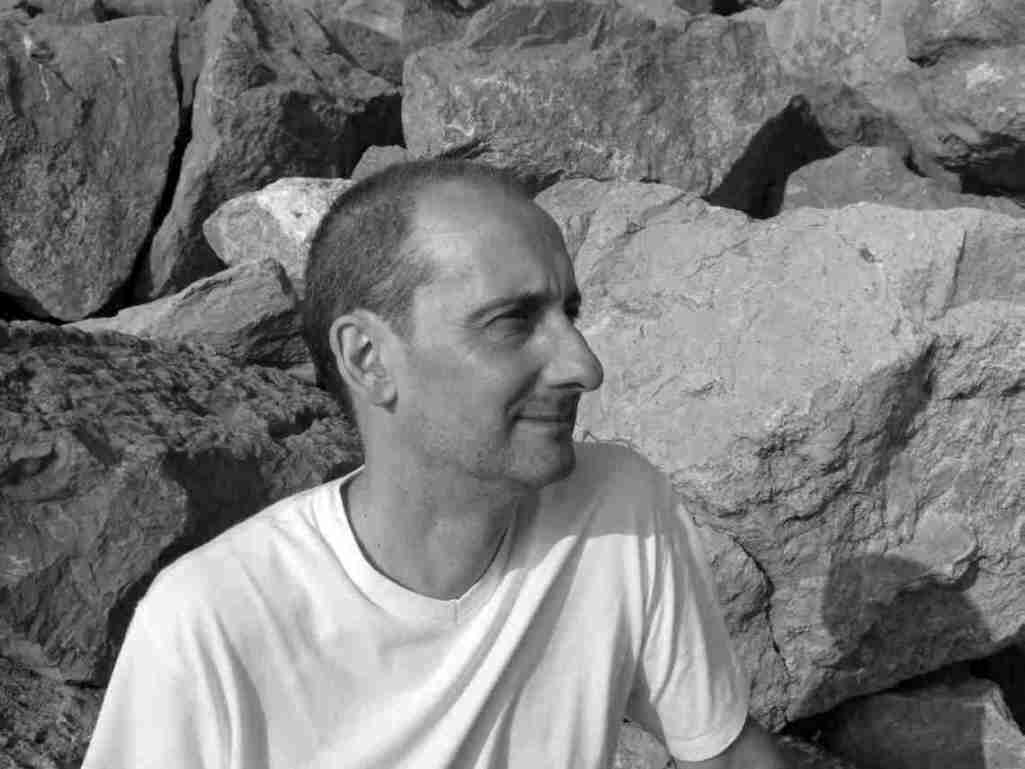
Eleanor Clark (July 6, 1913 – February 16, 1996) was an American writer. Clark was born in Los Angeles. She attended Vassar College in the 1930s and was involved with the literary magazine Con Spirito there, along with Elizabeth Bishop, Mary McCarthy, and her sister Eunice Clark. She married Robert Penn Warren in 1952 and lived in Fairfield, Connecticut, with him and their two children, Rosanna and Gabriel.
Her book The Oysters of Locmariaquer received the National Book Award, for Arts and Letters, in 1965. She was also the author of two other works of nonfiction, Rome and a Villa and Eyes, Etc., and the novels The Bitter Box, Baldur's Gate, and Camping Out.
Clark died in Boston in 1996 Wikipedia
She was actually in Mexico at the same time as Malc in 1937 acting as a translator to Trotsky. Read more here
Read more on Eleanor Clark at Narrative Magazine
In 1952 Clark finished the first of her unusual "travel" books produced during long periods abroad, Rome and A Villa. Although it is concerned with setting, the book's effect is meditative rather than descriptive. It reveals a keen awareness of atmosphere and the passing of time. Clark's observations are not limited to place but encompass the political, literary, and personal as well. Katherine Anne Porter has said that Rome and A Villa is "autobiographical in the best sense" because it reflects the impact of the outer world upon the inner. Read more on Novel Guide

Publisher's Note
IN 1947 A YOUNG AMERICAN woman named Eleanor Clark went to Rome on a Guggenheim fellowship to write a novel. But Rome had its way with her, the novel was abandoned, and what followed was not a novel but a series of sketches of Roman life written mostly between 1948 and 1951. This new edition of the essential classic Rome and a Villa includes an evocative introduction by the preeminent translator William Weaver, who was close friends with the author and often wandered the city with her during the years she was working on the book.
Once in Rome, the foreign writer or artist, over the course of weeks, months, or years, begins to lose ambition, to lose a sense of urgency, to lose even a sense of self. What once seemed all-consuming is swallowed up by Rome itself; by the pace of life, by the fatalism of the Roman people, to whom everything and nothing matters, by the sheer historic weight and scale of the place. Rome is life itself - messy, random, anarchic, comical one moment, tragic the next, and above all, seductive.
Clark pays special attention to Roman art and architecture. In the book's midsection she looks at Hadrian's Villa - an enormous, unfinished palace - as a meta-phor for the city itself: decaying, imperial, shabby, but capable of inducing an overwhelming dreaminess in its visitors. The book's final chapter, written for an updated edition in 1974, is a lovely portrait of the so-called Protestant cemetery where both Keats and Shelley are buried, along with other foreign notables.


No comments:
Post a Comment